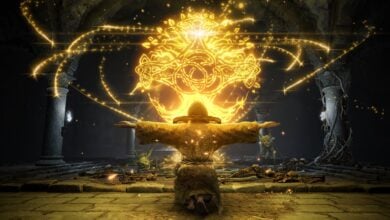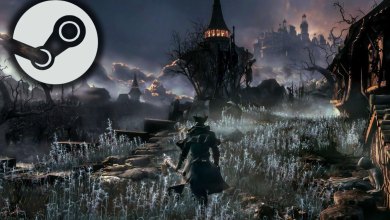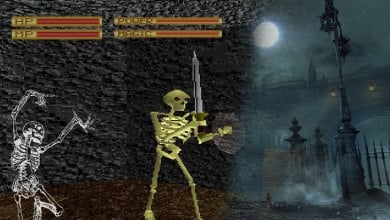Story Highlights
- Armored Core 6 features an interesting take on New Game Plus in the form of Alternate Missions. These quests switch up objectives and impact the story.
- Open-world RPGs would benefit greatly by either managing their content better with NG+ in mind or by providing a reason other than bigger numbers to start the next playthrough.
- The Nioh series made some changes but could have done more. NG+ in video games is fine but I believe it’s time for it to evolve.
It’s been over a month since FromSoftware graced us with the greatest mech game of all time—Armored Core 6. The studio has gone from being niche to having the most profound impact on gaming, pioneering one of the most challenging genres in the last decade. But out of all the things it has done right with Soulsborne, Elden Ring, and now Armored Core, there’s one thing about this latest FromSoft entry that needs significantly more attention.
It’s how Armored Core 6 handles New Game Plus. If you’ve been playing video games for a while, you’re no stranger to this mode. The player starts a game, finishes it, and unlocks the option to replay the whole thing again while having every single upgrade and item previously acquired. While many games incorporate this system, barely any title makes an effort to change things up in each playthrough.
In my opinion, this is another department where Armored Core 6 shines the brightest. Here’s why.
Armored Core 6 Switches Things Up A Bit
While the concept of New Game Plus goes far back, it only began to be referred to as such at some point in the last two decades. Most games, mainly RPGs, feature an expansive world or sandbox environment to explore. A wide array of weapons and armor, glamor outfits, boss fights, pieces of lore, and much more. After providing such a comprehensive experience, the majority of these developers just give you the option to replay that game.
This gets exhausting the more expansive a game is. One example would be Elden Ring as it throws the player into The Lands Between and that’s it. A person will experience the bulk of its offerings on the first playthrough, which continues past the finale. Overstay this welcome and most would say that things start to get stale. In fact, this sentiment has been expressed before.

Armored Core 6 breaks free from these conventions in a way that I’ve rarely seen in games before, by introducing Alternate Missions. FromSoftware followed a linear system in Fires of Rubicon, capitalizing on its potential for change. What further added to this potential is how the team tells stories—keeping things vague and leaving it up to the players to piece it all together.
During my first playthrough of Armored Core 6, I prevented the Coral from burning and respected Ayre’s wish, bringing that run to a close. Having heard the talk about the “true ending” requiring three complete cycles, I immediately jumped into the second run. Cleared the first few objectives, and reached the “Attack The Dam Complex” mission and that’s when this game had me sold on this kind of New Game Plus.
Having teamed up with Balam’s G4 Volta and G5 Iguazu, I wasn’t expecting an encrypted transmission offering me a choice to turn on them. With the incentive of higher pay and the allure of the unknown, I switched sides and clobbered those two Red Guns. Unbeknownst to me, this would kick off an entire chain of events with Iguazu due to his envy.
Besides the mission, my choice also impacted the dialogue of various characters. This was an immediate departure from traditional New Game Plus runs where I constantly repeat the same thing. Despite how phenomenal a game is, it will eventually cause burnout unless there’s something different on offer. While most of these games offer PVP, not everyone engages in it.
As I moved forward on my second playthrough, another mission underwent a significant change. While running an errand for Cinder Carla, I had to square off against G5 Iguazu again on top of being ambushed by weird robots. I remembered those from the BAWS Arsenal No.2 quest and was surprised to see them there. And that’s not all, a new Analysis Arena project was added to the game, introduced by ALLMIND nonetheless. Its objective was simple—the evolution of ACs.
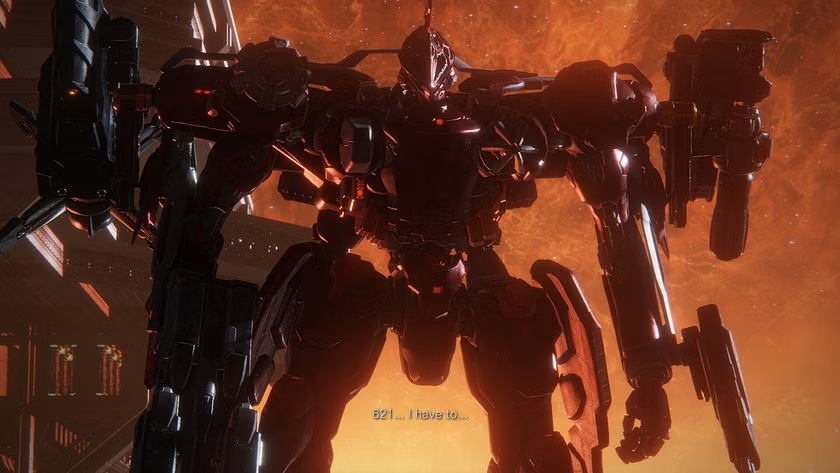
After witnessing a series of such changes across multiple missions, I concluded my second playthrough and jumped into the third run. This is where Armored Core 6 made some pretty drastic changes, not only to missions but to the game itself. New characters, prominent plot changes, and expanding upon G5 Iguazu’s obsession with us.
Some of the things I noticed were the changes in character dialogs, the restructuring of missions due to ALLMIND’s intervention, and the availability of entirely new quests. An example would be the sortie request we received from Kate Markson. Beyond that, there’s a mission where ALLMIND tells us to prevent the Coral transport. Moving on to restructured missions, our jaunt in Institute City where we get ambushed by V.II Snail is the prime example.
And if all this wasn’t enough, each playthrough provided a different finale. Granted, this is because of the endings players choose but the fact is that Armored Core 6 incentivizes getting these endings. Moreover, it makes each run interesting by switching things up in such an impressive manner. I believe it’s mainly due to how the game is designed, being a linear experience, which brings me to my next point…
Open-World Games Need To Learn From Armored Core 6
Incorporating Alternate Missions in games without the linear element is a bit difficult. Not because of how those titles are designed but due to their narrative. FromSoftware’s games generally tell an extremely vague story that players piece together. Sekiro and Armored Core 6 are two exceptions here but even these two games have a good amount of that FromSoft touch.
With open-world games, it’s about the principle behind New Game Plus and how Armored Core 6 handles it that needs to be noticed. What’s important is for developers to know that starting the second playthrough shouldn’t be about just steamrolling the same game with all of your weapons. Adding a few extra unlockables doesn’t make it special either. There needs to be a fundamental difference between the two playthroughs.
In my opinion, games like Elden Ring would greatly benefit from this approach. These RPGs are vast, their worlds are rich with lore, characters, branching stories, enemies, secrets, and lots more. Even the maps are gigantic and you’ll have to invest hours to explore every nook and cranny of it. Having it all reset once you start a New Game Plus is something I can never get behind. Especially after playing Armored Core 6. It may not be an open-world game but seeing the possibilities and what they can lead to is a huge contributor.
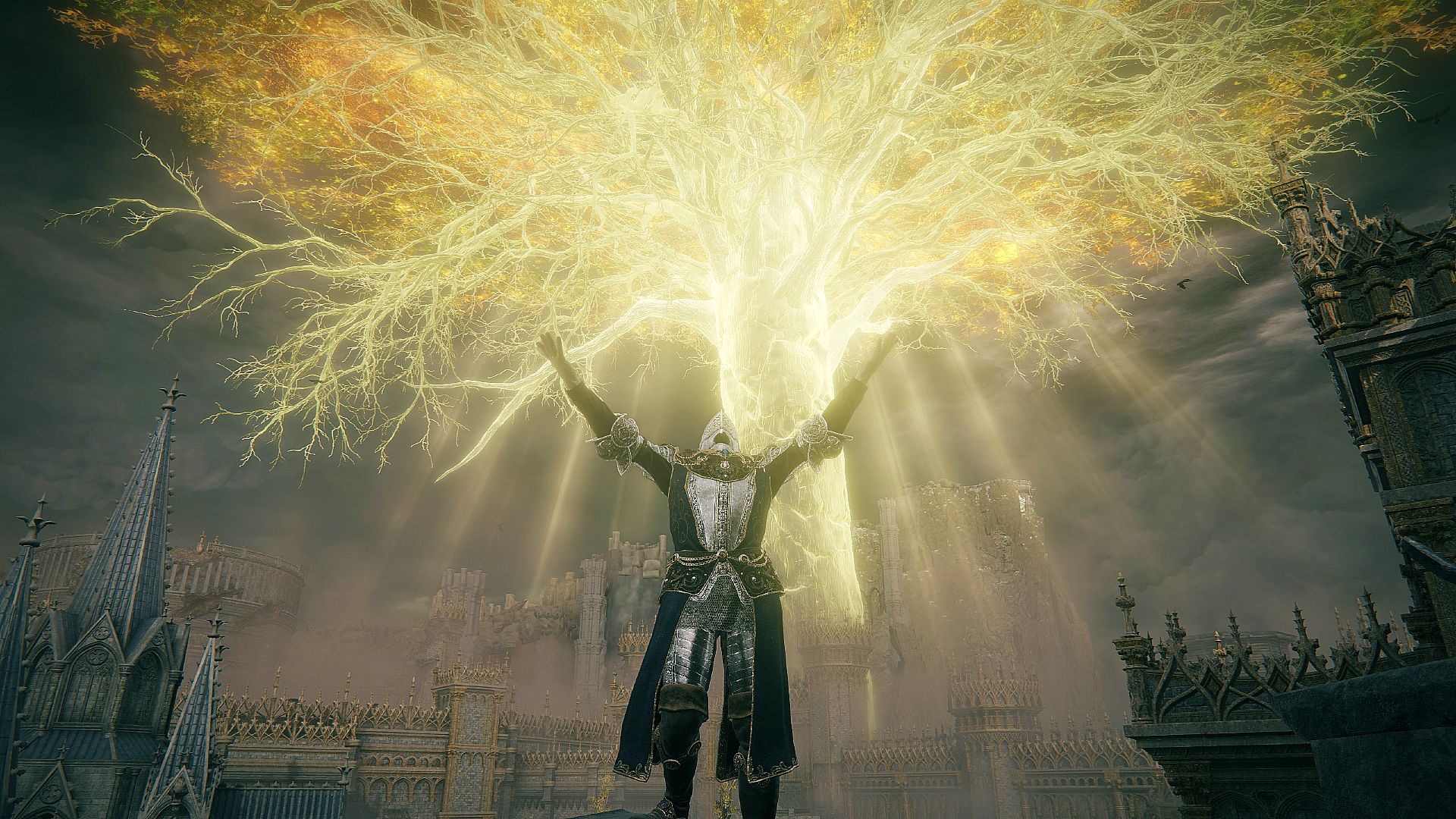
This also stems from my personal opinion of Elden Ring, The Witcher 3, Final Fantasy 15, etc. Having invested hundreds of hours in these games, the singular issue I had in all three of them was New Game Plus. Open-world RPGs naturally get the player exploring, wracking up the hours during the first playthrough. That’s exactly what I did but as a result, the incentive to begin a second playthrough was extensively minimized.
Unlike Armored Core 6, open-world games don’t try any methods to change things up in subsequent runs. I’m not asking for the game’s story to go in an entirely different direction here. It’s about adding the proverbial spice and flavor to enhance the second experience. In the realm of creativity, people often say that less is more. That logic applies to my opinion on New Game Plus as well.
And it’s not just about the second playthrough in open-world RPGs. Even the more contained adventures will benefit from it. By building the games with this in mind, more quests can be added that fit the narrative. Different routes could be included in existing missions as well along with hidden bosses and encounters that can only be found after you start another run.
It’s about slightly shifting the currents rather than shaking up the foundation. An example of this was implemented in Team Ninja’s Nioh and Nioh 2. Each new run featured differences in the form of enemy placement, strength, gear rarity, and status effects. That said, even those games could take it up a notch.
Nioh & Nioh 2: An Alternate Japan
Team Ninja tried to put their own spin on the souls formula which resulted in the multi-stance combat system & Ki-Pulse mechanic in the Nioh series. Using the Sengoku era as its setting, it retold historical events embellished with fiction and mythology. However, each major event concluded in a manner that coincided with reality. An example of this is Tokugawa Ieyasu prevailing against Ishida Mitsunari and the beginning of the Edo period.
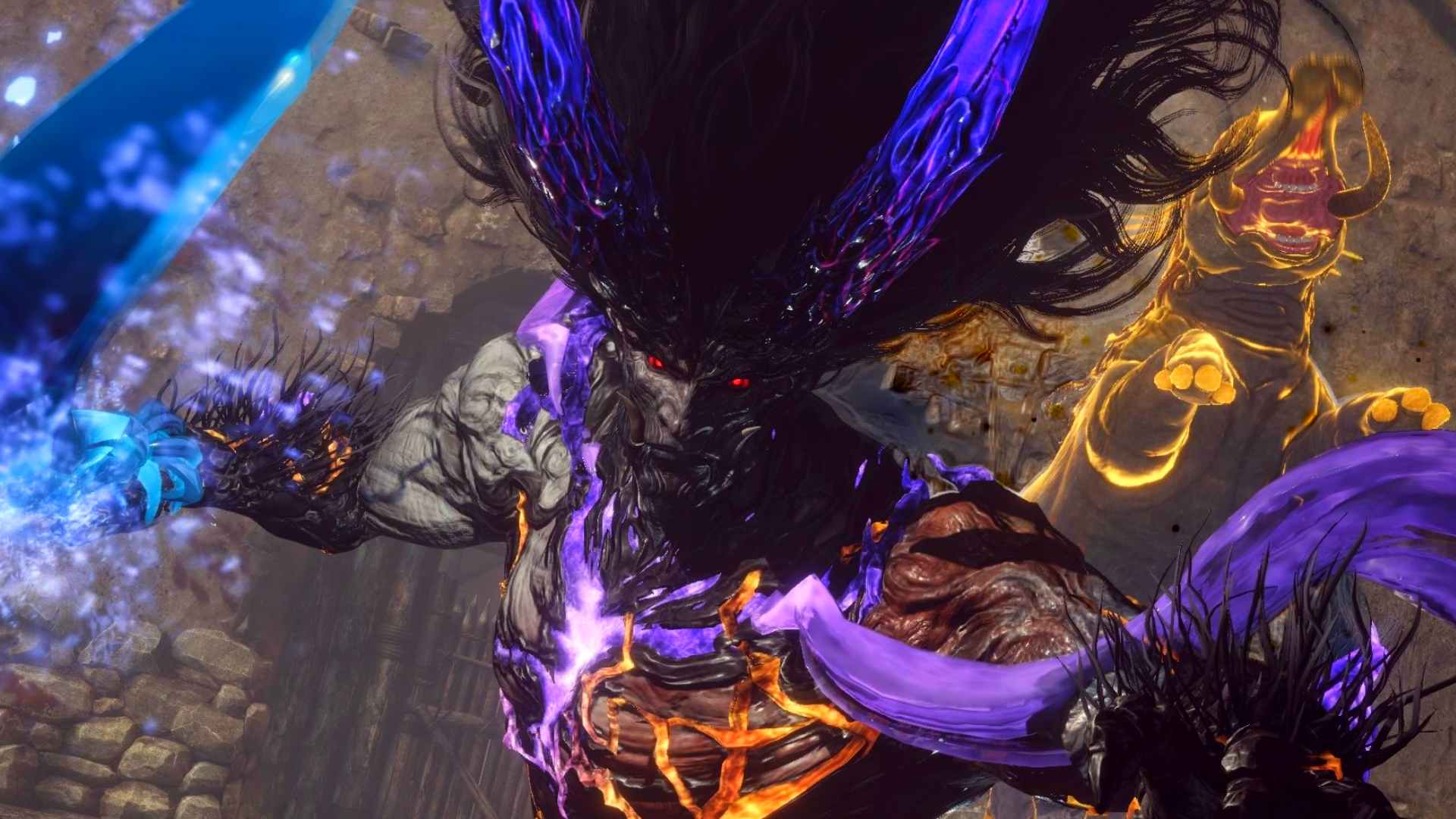
Given that the team chose a linear, mission-based design for the Nioh games combined with the barebones plot, it was the perfect testbed to experiment with changing the timeline. Since you’re already tackling demons and Onmyo magic, take it a step further and allow the player to switch sides to create a what-if version of Japan in the New Game Plus.
Some would argue that this is not what Nioh is about. It’s about grinding for gear, making builds that dish out numbers, and tackling the new modes right up till the end. While I see why they would raise the point, the core essence of this entire piece has been about evolving the NG+ mode in games.
Don’t Fix What’s Not Broken, Improve It
The lack of innovation and improvement doesn’t mean that NG+ is broken. For the majority of people, it’s fine as it is but for someone like me, I want it to go further. After playing Armored Core 6, the possibilities began to surface in my mind. While it should be achievable for modern-day devs with the amount of technology and resources at their disposal, some factors will impede this evolution.
Corporates & investors, long development cycles, focus on graphic fidelity often at the expense of other elements, broken releases, draconian monetization, the layoff race, etc. All these factors not only impact the risk-taking aspect of development but have also led me to believe that perhaps the industry is in need of a remake too. That topic’s for another time though. For now, I’ll go back & see how far I can fly on borrowed wings.
Armored Core 6 is available on PlayStation 5, Xbox Series X, Xbox Series S, PC, and last-gen consoles. Check out our review where we deemed it as the greatest mech game of all time.
Thanks! Do share your feedback with us. ⚡
How can we make this post better? Your help would be appreciated. ✍

